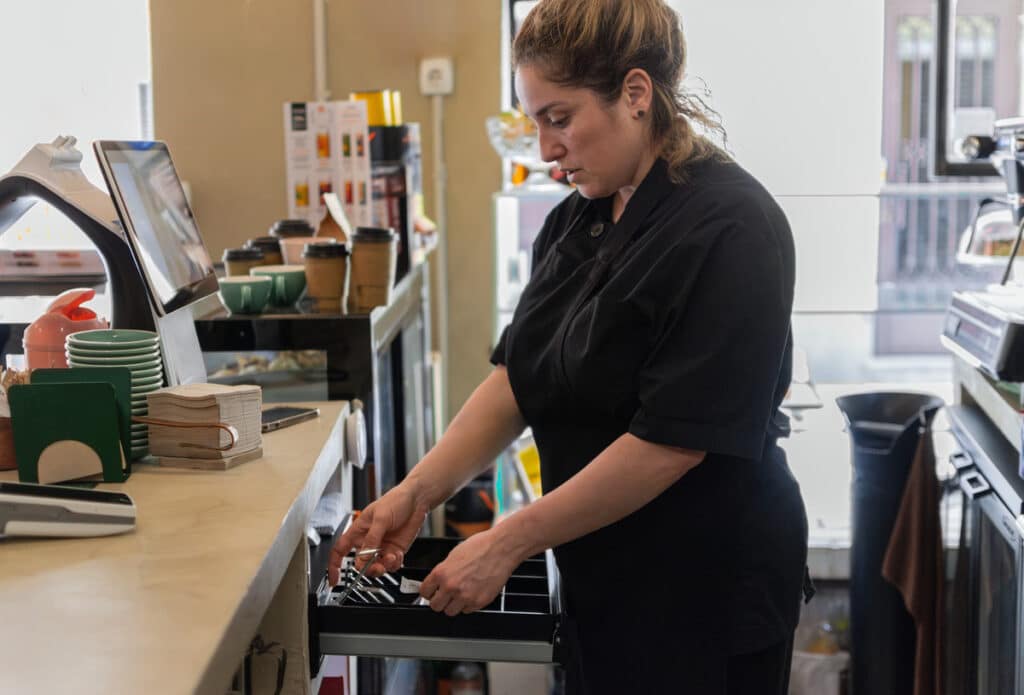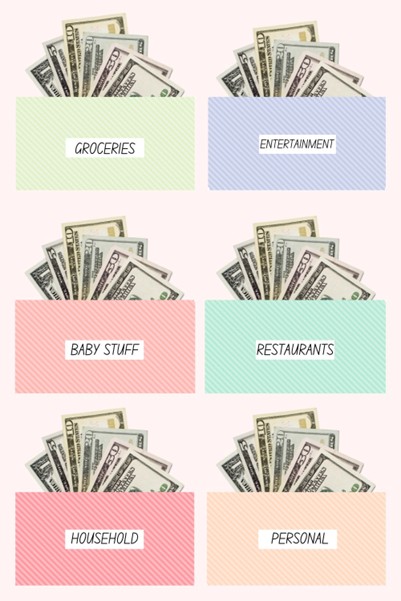In a business where every penny counts, it’s crucial to manage all costs carefully. Cash handling is a big part of daily retail operations, starting from when a customer pays all the way to counting the register at the end...
Continue Reading

Cash Handling Best Practices Every Retail Business Should Follow












